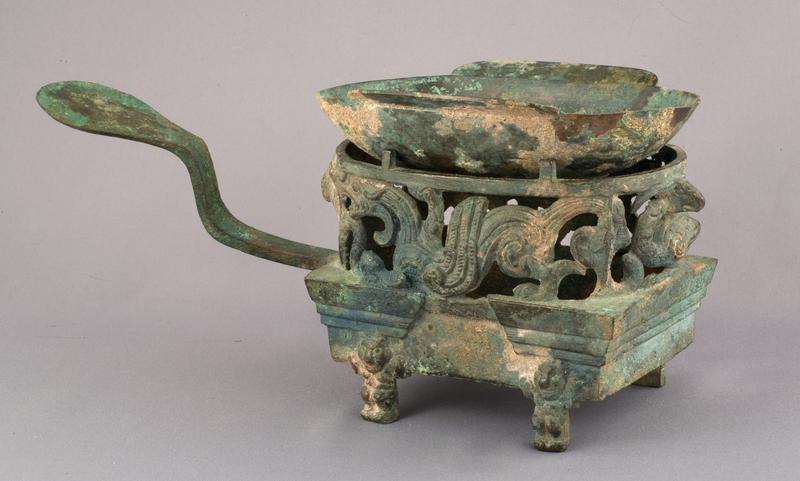Kimono is a traditional Japanese garment with a history spanning over 1200 years. The shape of the kimono emerged during the Heian Period (794-1185), initially as an undergarment for the Juni-hitoe (十二単 ) robe and later as an outer garment called Kosode (小袖 ). This shape forms the basis of the kimono we know today.
The word “kimono” means “things to wear” in Japanese, serving as a general term traditionally used in Japan for all types of clothing. In Western world, “kimono” seems to be known more as women’s traditional dress, but there are kimono for men, women, children, and even babies, featuring various styles, shapes, and designs. Until around 1900, people across Japan wore some form of “kimono” as their everyday attire.
A notable distinction between kimono and Western clothing is the way they are designed to fit. Kimonos are created with straight strips of textile, without creasing, curves or pleats. Unlike Western clothes tailored to the body’s contours, kimonos are designed to be wrapped around the body, allowing the wearer to adjust the fit, whether worn loosely or tightly.

Kimono is made with a long strip of textile around 40 cm in width and 12.5 meters in length which is called “Tann-mono (反物) ”. In the sewing process, no part of the textile is wasted; all the material from one roll is utilized to create a kimono of various heights or sizes. The structure of the kimono has areas where unused parts of the textile are incorporated, a sort of hem-like area, to ensure no waste. This means that the original textile remains intact even after being sewn into a kimono shape, allowing it to be re-sewn into a kimono for the same person or someone else with a different height or body type. By adjusting the hem areas where the unused textile is incorporated, one strip of complete kimono textile can be re-sewn or repurposed. This eco-friendly practice enables the material to be resized for the same wearer or repurposed for other family members.

Traditionally, kimono textiles were repeatedly reused. Each time they were washed and cleaned, the sewing thread was removed, and the textile was restored to its original form as a long strip. Before being re-sewn into a kimono, the color of the textile could be changed if preferred, or a second piece of the kimono textile could be rotated to reduce wear and tear, thereby extending the lifespan of the textile.
Over time, as the kimono textile material gradually wore out, torn sections were repurposed for smaller items, such as cushion covers or baby’s diapers. Ultimately, when the textile became too worn, it was used as kindling to start fires. Once reduced to ash, it served as fertilizer for gardens. This complete ecological cycle of the kimono and its sustainability are noteworthy, offering valuable lessons for modern clothing practices.
Written by Hitomi Harama, Kimono and Japanese Culture Specialist
Hitomi Harama is a kimono and Japanese culture specialist. She is passionate about preserving traditional Japanese customs, traditions, and craftsmanship together with Kimono culture. Her passion to conserve the beauty of kimonos as textile arts as well as valuable traditions of Japanese culture has led her to various activities. These activities include: presenting talks and lectures on the kimono and its related Japanese culture; curating kimono exhibitions (including Kimono: Japanese Culture in its Art Form at the AGGV in 2014). Hitomi maintains a YouTube Channel entitled “Kimono Japan”, where she provides English-speaking audiences with easily accessible ways of learning more about the kimono and Japanese culture. Hitomi is keen on sharing the rich tradition of the kimono and Japanese culture with people around the world.
To learn more about Kimono, Hitomi and her work, please visit her website or enjoy some informational videos on her Youtube Channel.
Feature Image: Hitomi Harama gently unpacks kimono. Courtesy of the AGGV.



